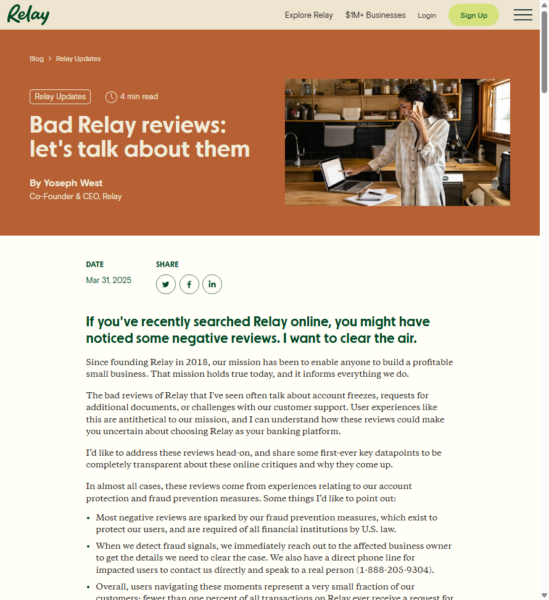Since the 1990s, emergency room closings and emergency room errors have been on the rise, due to rising healthcare costs, shrinking hospital budgets and dwindling staff levels. During the same time period, the number of patients seeking ER care as risen.
The American College of Emergency Physicians has posted an action-alert page urging people to write to their Congressional representatives to cosponsor the bills HR 3875 and S 2750, both of which call for improvements in ER access and quality of care. A tragic result of alleged emergency room negligence was reported in the October 29, 2006 edition of the Boston Globe’s Parade Magazine. The case involved Taylor McCormack, an infant who died as a result of excessive delays in treatment after being taken to Boston’s Children’s Hospital ER.
No doubt, some of the contention surrounding this issue overlaps the debate concerning affordable healthcare insurance coverage. Many people seeking ER care do so because they lack insurance or the means to pay for direct medical services, therefore they seek care for health concerns that covered individuals would receive from their primary or specialist care providers. Nonetheless, laws and procedures must be in place to insure that emergency room overcrowding and understaffing does not result in death or severe harm, regardless of insurance coverage or a patient’s ability to pay.

The Legal Examiner and our Affiliate Network strive to be the place you look to for news, context, and more, wherever your life intersects with the law.










Comments for this article are closed.